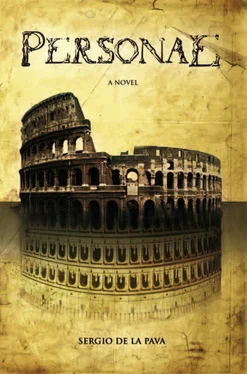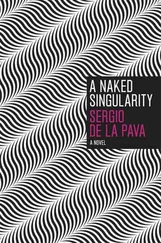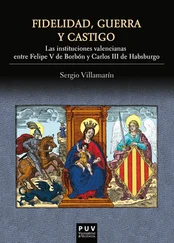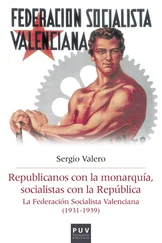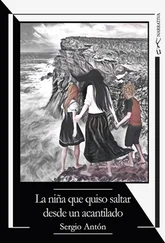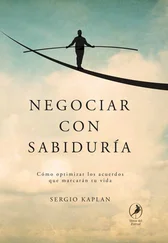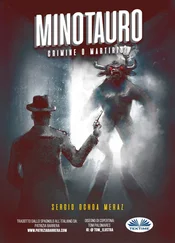Also: audible in both performances, despite engineers’ best efforts, is the voice of Gould. Somewhere he acquired a habit that proved lifelong of singing the notes as he played them, the effect a kind of ghostly amen to the musical assertions. Of course the reason Gould hums, the reason the listener hums, is he wants the music to enter his body, his lungs; wants it to be the very air he breathes.
It is air that can be lived off of, these performances. Taken together and, I will argue, in necessary conjunction with ancillary facts of Bach and Gould like the spectral humming, they form one of the monumental works of art of human history. In creating this work, Glenn Gould obliterated the line that seeks to separate interpretive art from its creative superior. Consequently, it can be accurately stated that these two men showed Time for the mockery it is and collaborated artfully despite the impediment of more than three centuries’ distance and how many intervening people since? The result is a kind of exhaustion of the piece so that it cannot rightly be played again and someone in search of a similar achievement must of necessity look elsewhere.
Lastly, there’s silence that soothes and the kind that antagonizes. Any silence that brings us dishonor cannot be left undisturbed but must instead be loudly filled. The time for awed consumption of work like Glenn Gould’s has passed and left us in a quiet room, our mouths dumbly open. The filling of silences is left to those with voices but the determination of who does or does not have a genuine voice is only circularly made by identifying those who have filled the silence. But prior to all that the person with the voice knows and that person must at all times emit an agonized Munchian scream. It is the plaintive cry of the damned as they realize they may not win in the little time left and it may seem shrill at first only recognize it for what it is: beautiful in its defiance, expertly and melodically constructed to exform, its notes compose the siren song that may yet lead us home.
Ed. Note:After much debate and internal hand-wringing we have decided, those of us who didn’t resign from unpaid positions in protest, to post (with one minor emendation) the following. That the death of the described individual is newsworthy is not reasonably disputed. What can be, of course, is the accuracy of the contained account and consequently our decision to post it in our Obituaries section and not say the Arts section. Putting aside for the moment the lively debate that’s been ignited, with animating concepts like the distinction between New and Old Media and what it all implies for society, we’ll simply say for now that we found the following persuasive.
Obituaries
Antonio Arce, 111, Man of Letters
Antonio Arce, who endured a lifetime of struggle and bloodshed that encompassed the tumultuous period in Colombian history known as La Violencia before ultimately landing in New York City where he created divergently powerful works of fiction, died alone last Tuesday in his Manhattan apartment. He was one hundred and eleven years old.
Antonio Ricardo Arce Ochoa was born on February 29, 1900 in Tocaima Cundinamarca, Colombia, in a house with dirt floors that his father had only recently built. (Early 20 thCentury, damn present-day for that matter, Colombian record-keeping was notoriously iffy. How iffy? Not until March 13, 1934 and Decree No. 540 did Colombia provide for the civil registration of birth, marriage, and death; and even then the provision didn’t take effect until 1940. Always in effect there, however, has been the Catholic Church and its baptismal etc. certificates with their marginal notes. It is mostly that kind of recordkeeping that forms the basis of the specificity you’re now enjoying.) Though generally described as a mild-mannered and kind child there was also ample evidence at an early age of Arce’s almost inhuman will. At the age of six he nearly bled to death following a vicious dog attack that he hid from his parents for a week before almost losing his arm.
By age eight Antonio was inseparable from his father, rarely attending school (not compulsory) but instead squeezing onto the back of the homemade saddle on the family horse to take the forty minute ride into el centro every morning where they would sell the metal goods he’d helped his father forge.
It was at that age, on one of those trips to the center, that Arce witnessed the murder of his father. As they walked together, Antonio did not at first make the connection between the loud bang and his father’s sudden fall to his side and this failure persisted even as he frantically tried to squeeze his father’s neck to keep in its blood. When it was over and adults had gathered in increasing numbers, Antonio Arce took advantage of a sudden distraction, got on his horse, and rode home to tell his mother and sister; whose screams, it is said, caused a sinkhole in the pueblo with remains still visible to this day.
When, four years later, this sister drowned in a nearby river after becoming fixated on and following a group of grasshoppers out into the current, Arce’s mother was said to be a shell; one whose death a few months thereafter was attributed in the marginal notes of her parish death certificate to an alma derrotada or broken spirit.
Antonio and his sister having been the only two of their mother’s five births to survive past six weeks, Arce was alone. The twelve-year-old was expected to walk to a distant aunt in Manizales but instead kept walking until reaching Cali. Cali, a genuine city, was unlike anything Arce had seen to that point. On arrival there he could not read or write, had never really even seen a proper book, but he soon taught himself to do both at an astonishing rate. Discovering that neither activity led directly to food he ran with loosely organized gangs that operated petty crime operations like street fighting for which he demonstrated considerable aptitude, often deriving significant income by playing the part of the much younger overmatched opponent before violently and remuneratively revealing the truth.
At seventeen Arce joined Colombia’s military primarily in the hopes that their uniform might serve as a kind of explanation that would reduce the fear he seemed to inspire in perceptive women. He rose quickly, his unlikely pairing of effortless physical and mental courage and elite intelligence something that others almost gathered to observe. The explanation worked as well and at age twenty-five Colonel Antonio Arce married Damiana Villabón who on March 6, 1927 gave birth to their only child, Margarita.
The following year, Arce’s dissatisfaction with military service culminated in his refusal to obey multiple orders to shoot during the so-called Banana Massacre, refusals that resulted in his death being ordered and his sudden flight with wife and daughter to Colombia’s coastal region and Barranquilla in particular. Not a great deal is known of Arce’s ensuing decades in Barranquilla other than the fact that he managed to amass a considerable amount of land and other property under the assumed name of Nio de Santos. Nor is there any continued record, or explanation for the absence, of either Damiana or Margarita from this time forward.
What is known is that in 1948, following the assassination of presidential candidate Jorge Eliécer Gaitán, Colombia descended into a kind of savage civil war between its two political parties: the Conservative Party (think military, church etc.) and the Liberal Party (think social reformists). As the country (especially the rural parts) sank into anarchic chaos one of the few things both parties could agree on was that they wanted Antonio Arce added to the list of more than 200,000 dead. Arce’s ultimate response was the abandonment of everything he’d built with the exception of the twenty-two foot boat he used to sail to Cuba.
Читать дальше
